TABLE OF CONTENTS
There are many common cannabis contaminants and pollutants, in both home grows and commercial cultivation operations.
These contaminants are often chemical or biological in nature and can range from molds, fungi, and heavy metals to residual pesticide residue.
These pollutants can have a wide range of causes, with improper growing and manufacturing practices, improper curing or storage, high humidity, improper temperatures, impure water, and the application of noxious chemical pesticides being the most common causes.
For all of these pollutants, sound cannabis cultivation practices and procedures will minimize, if not eliminate, many of the problems.
The presence of pollutants and contaminants should not normally occur, so their presence indicates some changes should be made. Remember, prevention is the best medicine.
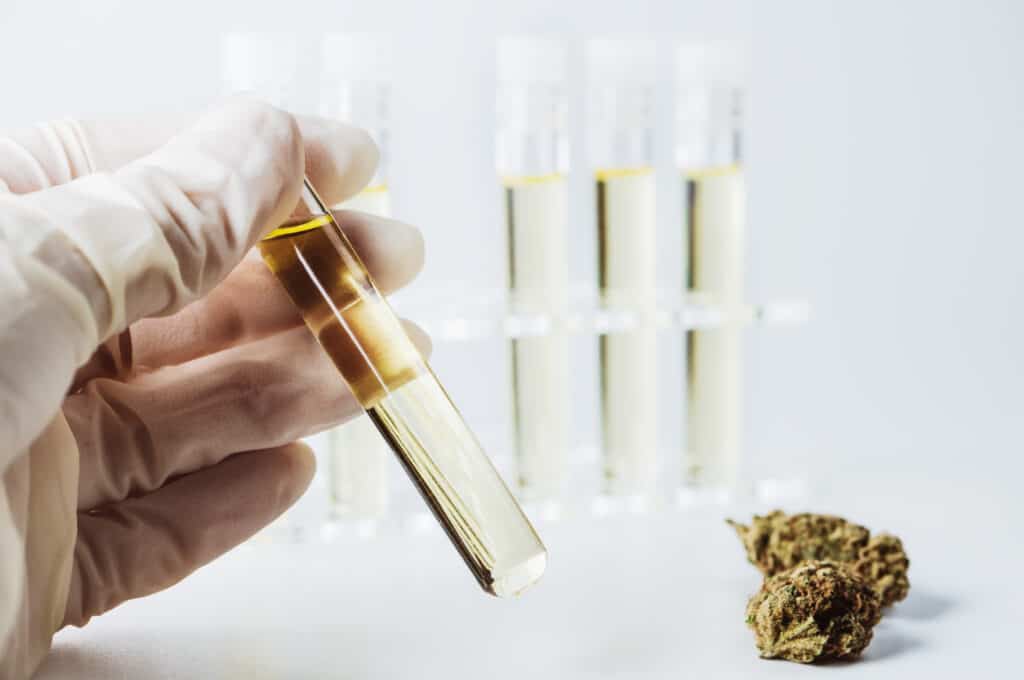
Most Common Cannabis Contaminants
Mold and Mildew on Cannabis
The most common cannabis pollutants include white powdery mildew and mold.
White powdery mildew looks much like its name implies. The surface of the cannabis plant looks as if it’s been dusted with flour—which looks very different from the white, sticky coating of trichomes that cover the surface of flower.
Mold is easy to spot as well, but has quite a different appearance. It most often affects the surface and nooks and crannies of flowers, and looks like fine, clumpy spiderwebs.
Mold can also affect other areas of the plant, including the leaves, especially if there are large shade leaves resting on the surface of other leaves.
Both white powdery mildew and mold are usually preventable, and if they should strike, some cultivation practice modifications will usually rectify the problem.
Overly high humidity and temperatures that fluctuate usually contribute to an outbreak of these cannabis contaminants.
Heavy Metals and Residual Solvents on Cannabis
These contaminants are not visible to the naked eye but their presence is easy to detect through the implementation of specific tests.
Unacceptable residual solvents can occur during the manufacturing and production of cannabis concentrates. Products like oil, shatter, wax, and crumble are often made with the use of solvents like alcohol, butane, propane, and carbon dioxide.
Some extraction methods, if done improperly, can result in high residual solvents like butane or propane. The goal of all extraction operations is to produce concentrates high in cannabinoids and terpenes, but low in residual solvents.
In addition to individual companies doing their own independent testing, independent cannabis testing labs also are an option in some areas of the country, and third-party testing is often a requirement of cannabis regulations.
Cannabis contamination occurs also with heavy metals, especially from the soil. However, it also sometimes comes from shatters and concentrates.
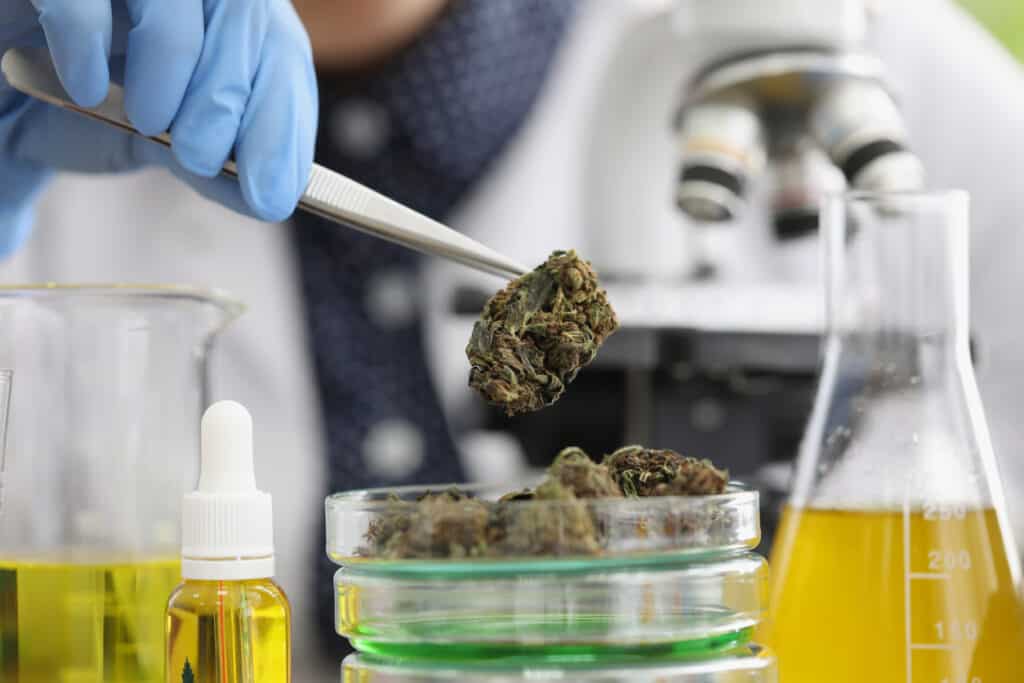
Pesticides
Research has revealed that the utilization of these substances is widespread, with significant levels of pesticides being transmitted into cannabis smoke.
Among the most prevalent pesticide categories linked to cannabis are insecticides, acaricides, and fungicides.
There exists over 350 distinct pesticide products authorized for use on cannabis, with 16 pesticides and three plant growth regulators (PGR) being identified as primary contenders.
Your best bet to steer clear of pesticides is to buy organic cannabis.
Businesses Providing Testing for Cannabis Contamination
Modern Canna provides testing for pesticides, solvent residue, and microbiological contaminants in cannabis.
Medicinal Genomics provides PathoSEEK® Microbial Safety Testing kits.
Belcosta Labs is a compliance testing facility located in California that offers cannabis farmers professional guidance as well as microbiological testing on cannabis.
Willow Industries offers products such as the WillowPure system and specializes in cannabis decontamination technologies.
What is a potential contaminant of cannabis?
The common cannabis contaminants include heavy metals, pesticides, and microbes.
What are the microbial contaminants in cannabis?
The methods of cultivation, harvesting, drying and curing, or extraction can all result in contamination. Molds and bacteria can grow on cannabis plants and products during growth (especially if they are cultivated inside in an unhygienic setting or outdoors), or during handling and processing afterwards.
“
There are over 300,000 jobs in the cannabis industry. CTU trained me for one of them!

Makes $24.50 @ THC +
What are the mycotoxins found in cannabis?
Processing, storage, and transportation are also conducive to cannabis contamination and may raise the product's mycotoxin content. Aflatoxin G1, G2, B1, B2, and ochratoxin A are examples of mycotoxins that are considered hepatotoxic, carcinogenic, immunosuppressive, and neurologically toxic.
What is grey mold in cannabis?
Crops impacted by botrytis range from hemp and cannabis to strawberries and grapes. Often referred to as “grey mold,” “bud rot,” or “Botrytis blight,” it thrives in moist environments and tends to infect tissue that is weak or injured. Dry and hot conditions will stop growth.
Final Thoughts on How to Prevent Cannabis Contamination
The best way to prevent cannabis contamination is to buy your cannabis from regulated dispensaries.
To learn more about the medical effects of cannabis and how to grow clean cannabis, enroll in Cannabis Training University's online cannabis certification today!

Fred Hernandez
Fred Hernandez is a highly accomplished and versatile writer, boasting an extensive background in the cannabis industry. With an in-depth understanding of various sectors including cultivators, processors, retailers, and brands, Fred's expertise spans across the entire cannabis landscape. As a prominent contributor to CTU, he consistently delivers insightful articles exploring the latest developments, news, and regulations shaping the cannabis industry. Whether it's delving into the intricacies of cannabis products, cannabis strain reviews, or providing comprehensive analyses of cannabis laws, or sharing expert insights on cannabis cultivation techniques, Fred's wealth of knowledge positions him as an invaluable writer and educator for all cannabis-related subjects.


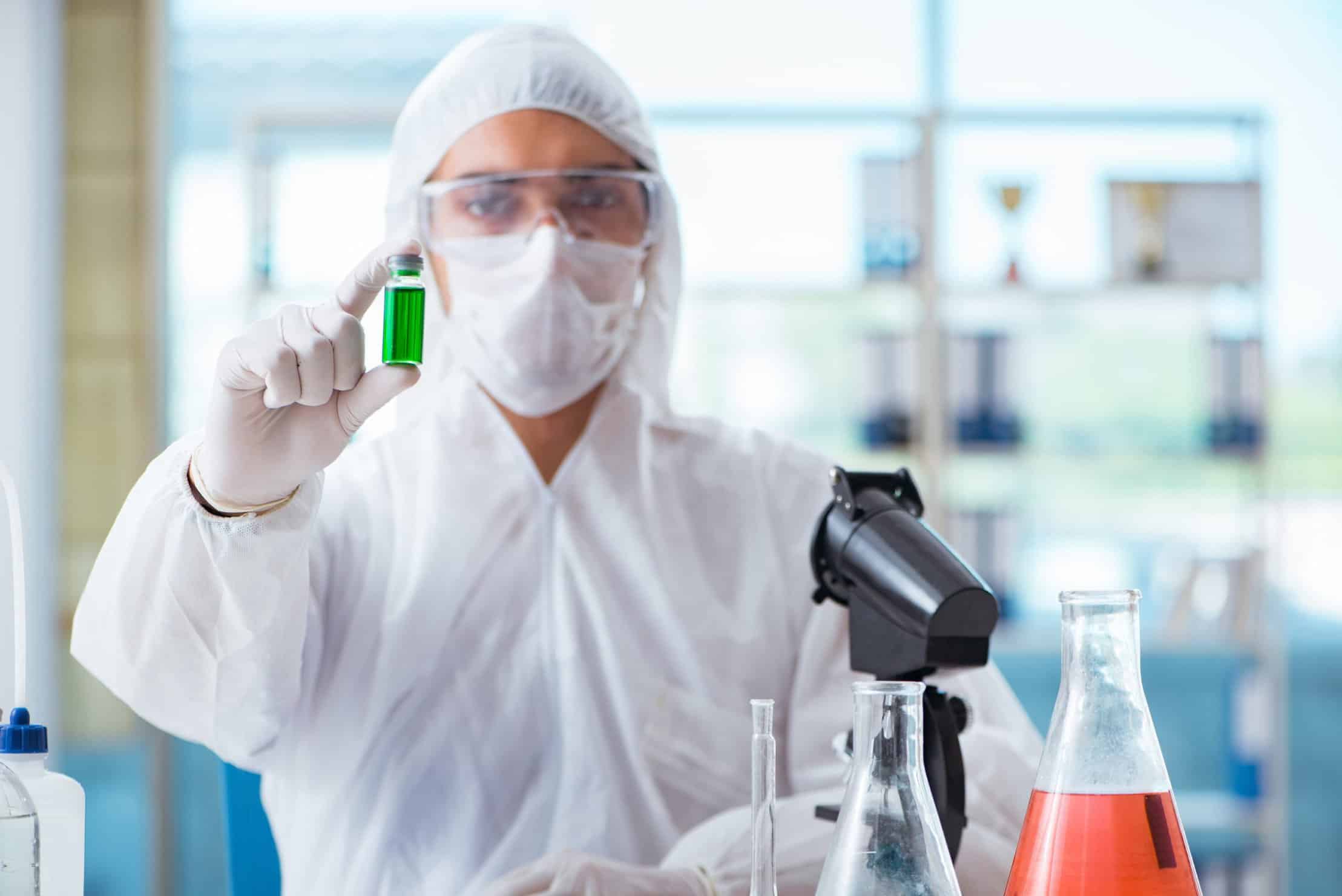
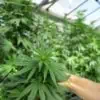
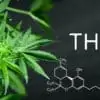







 Jeff was involved in an accident where he endured a traumatic brain injury. He had a week-long stay in ICU where brain surgeons
Jeff was involved in an accident where he endured a traumatic brain injury. He had a week-long stay in ICU where brain surgeons  100% risk free money back guarantee within 48 hours after purchase if student has not completed any of the courses or exams.
100% risk free money back guarantee within 48 hours after purchase if student has not completed any of the courses or exams.